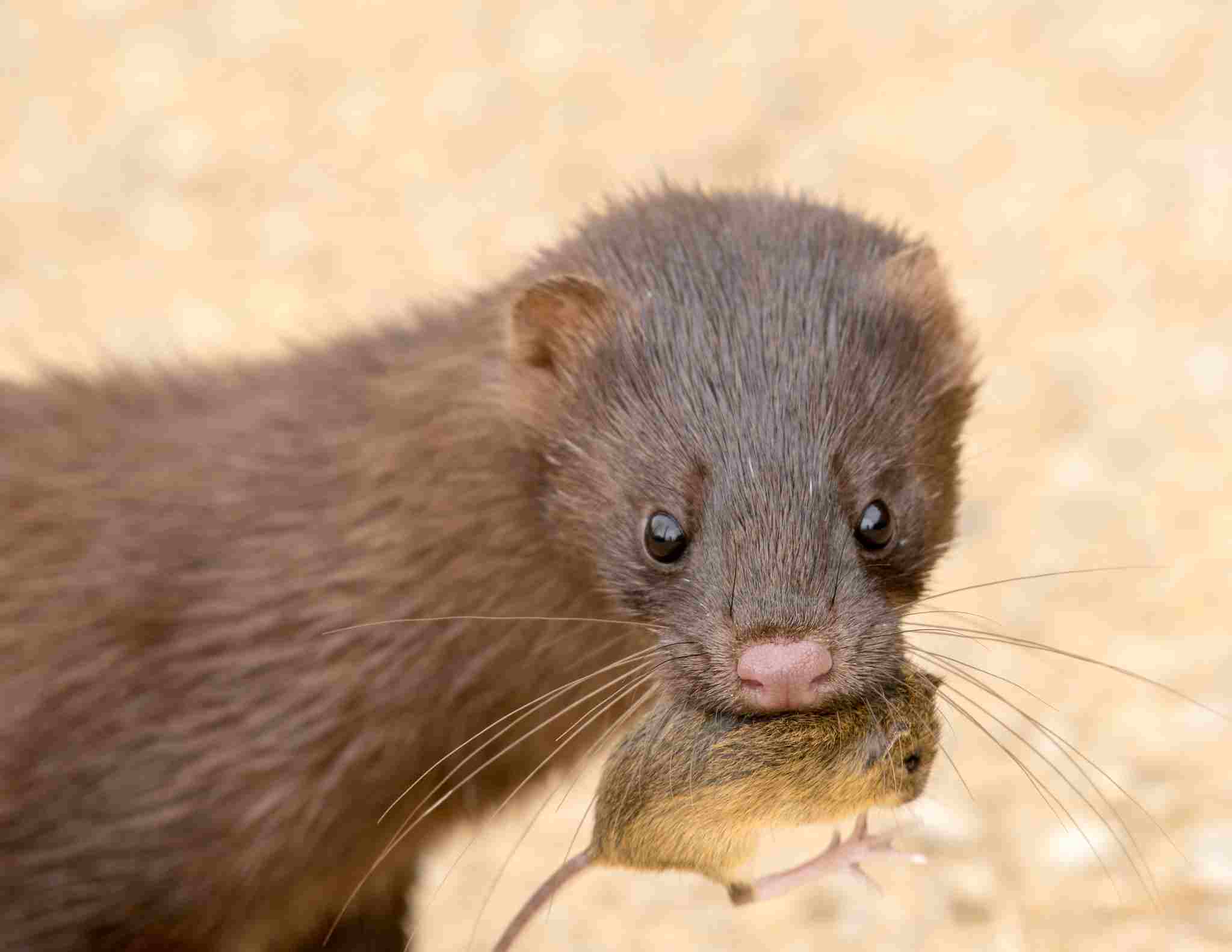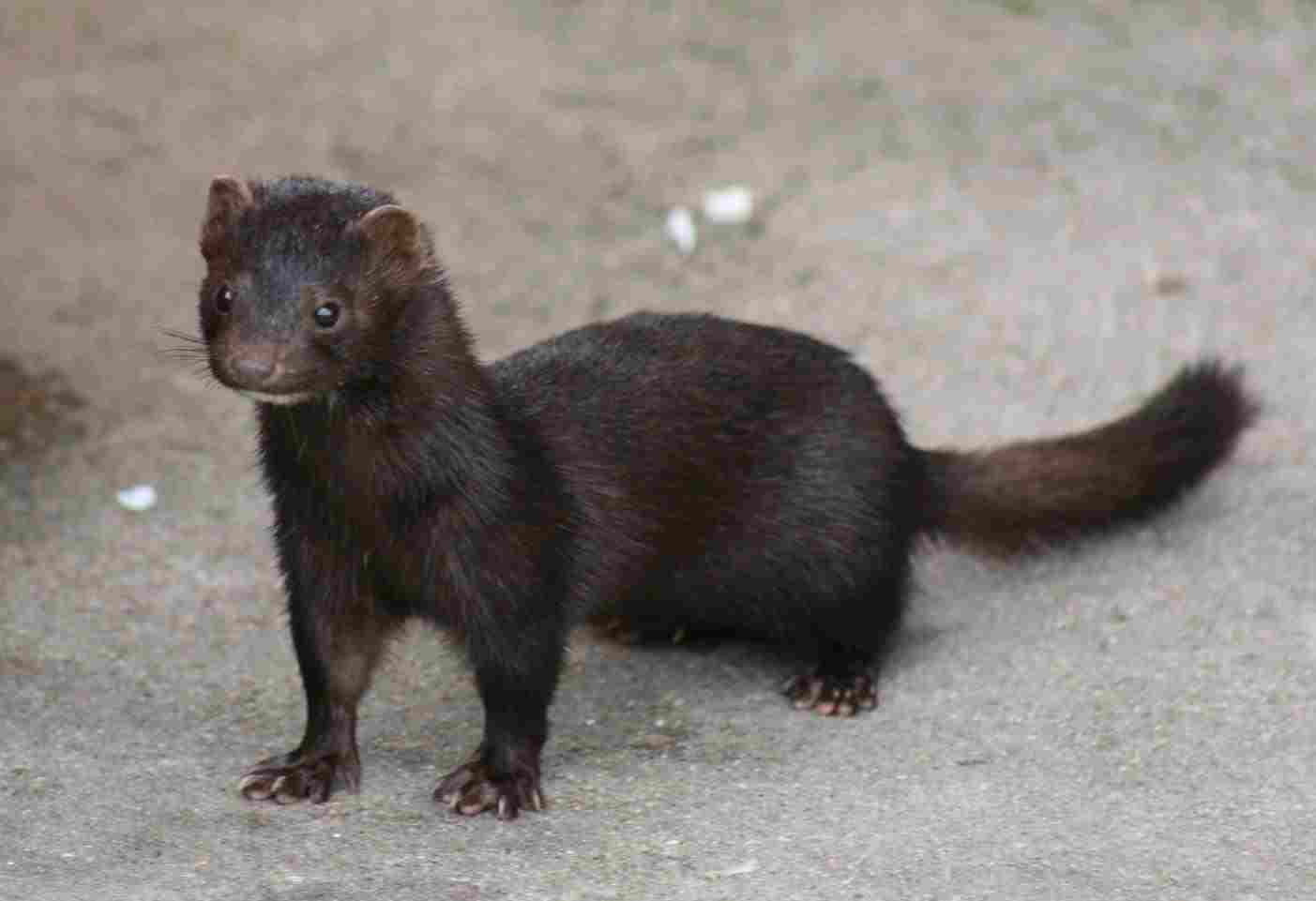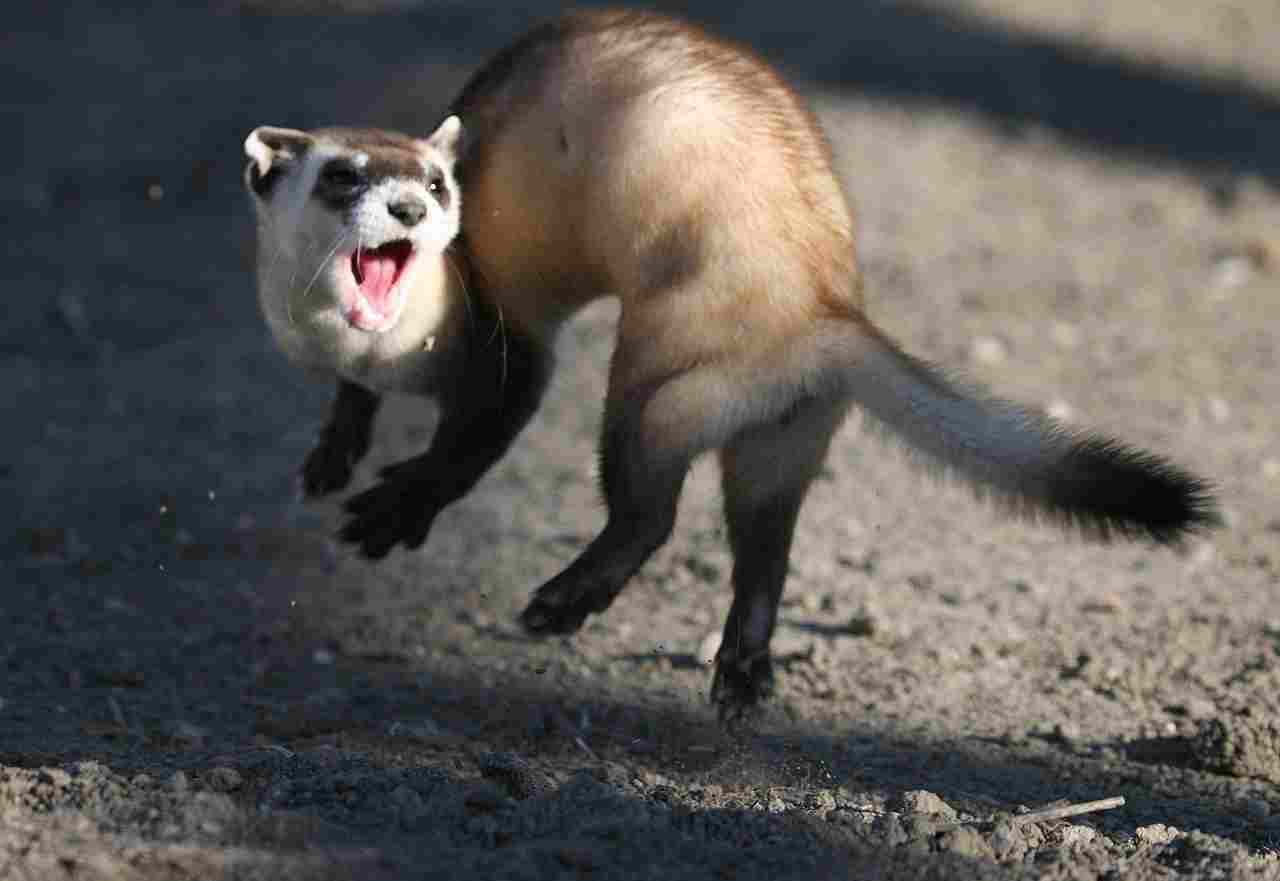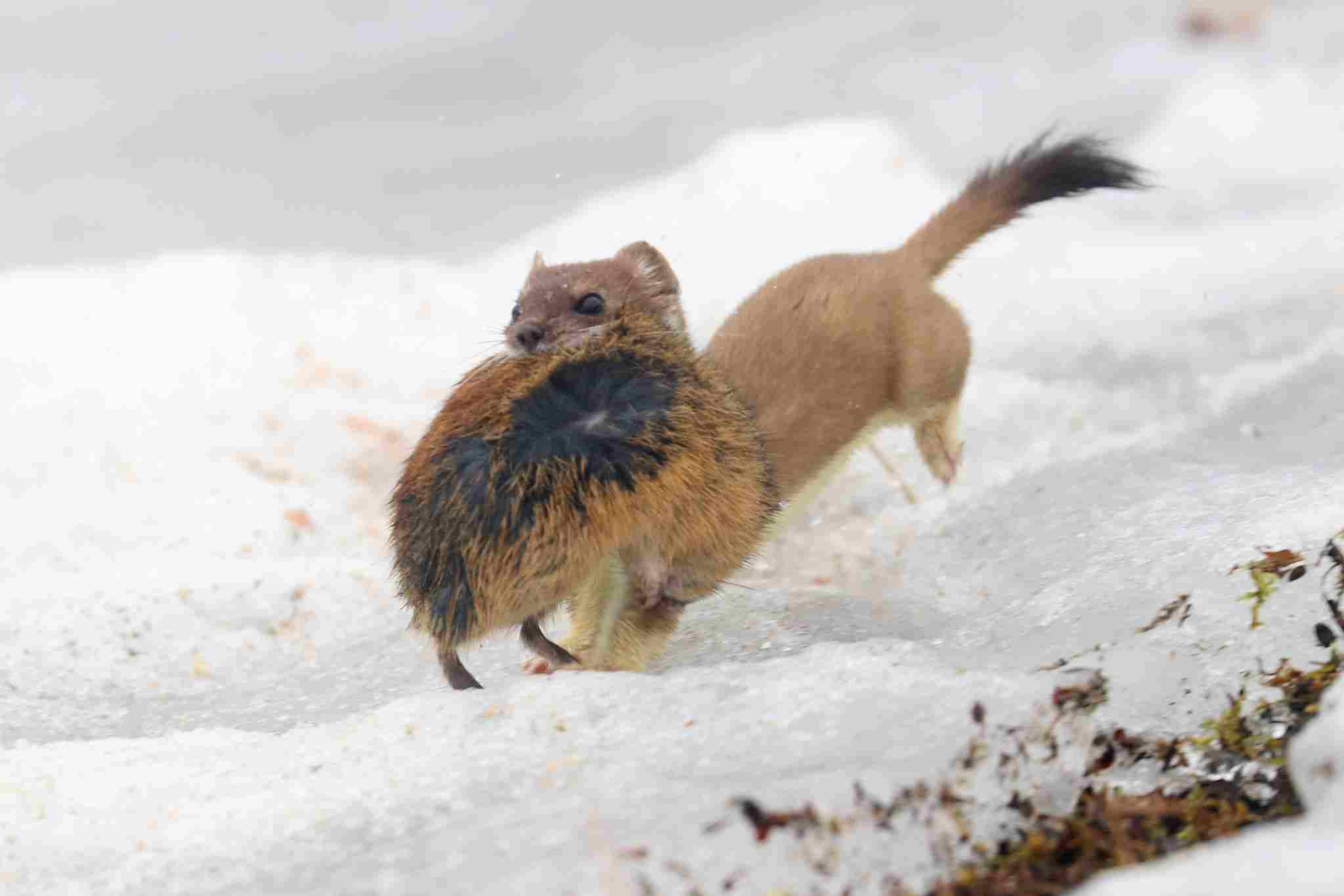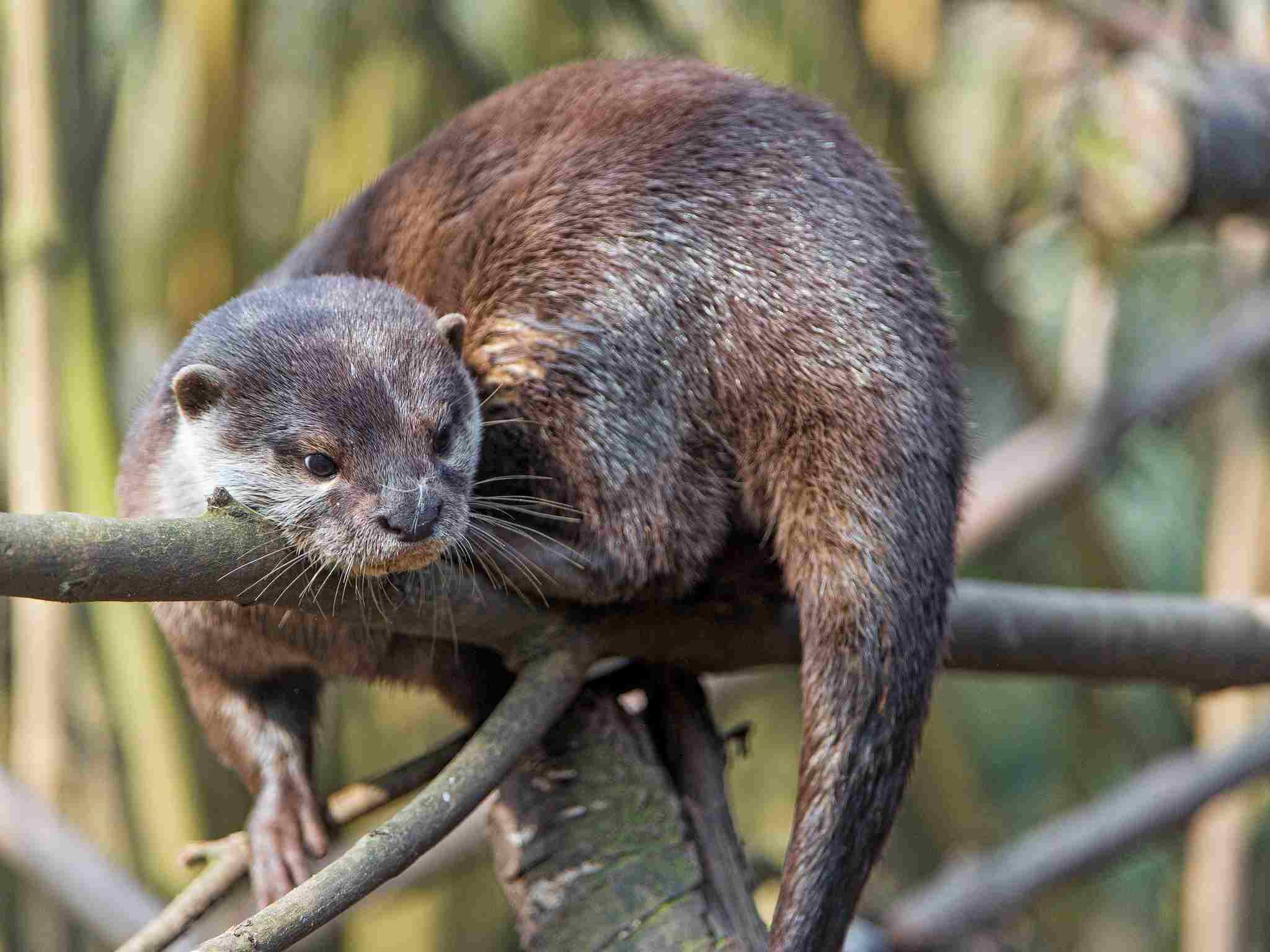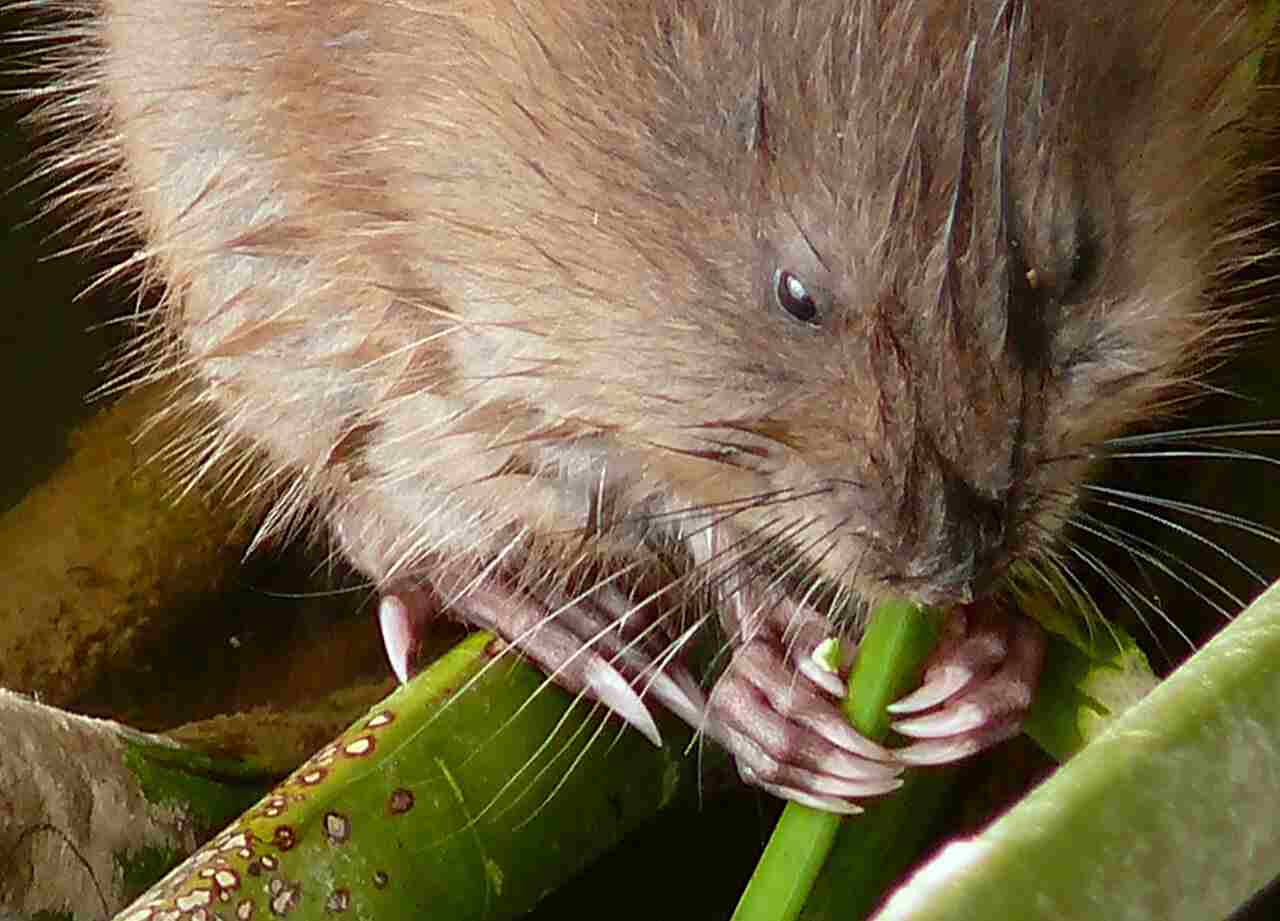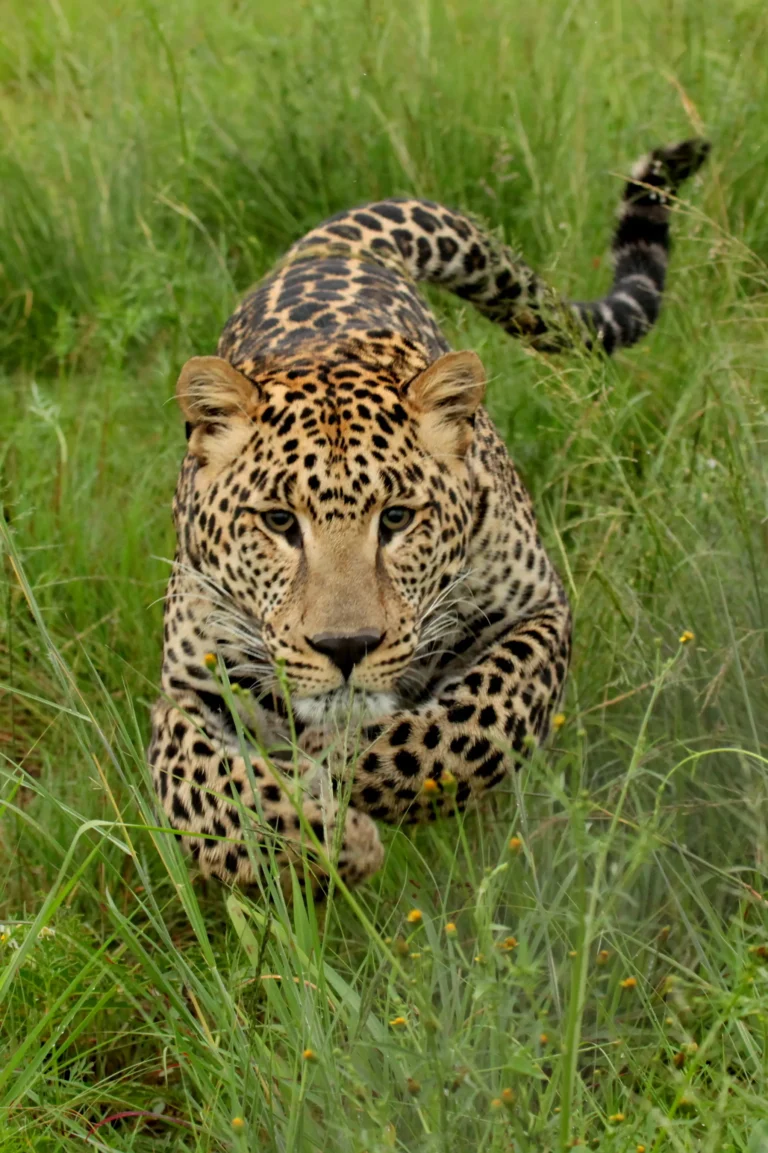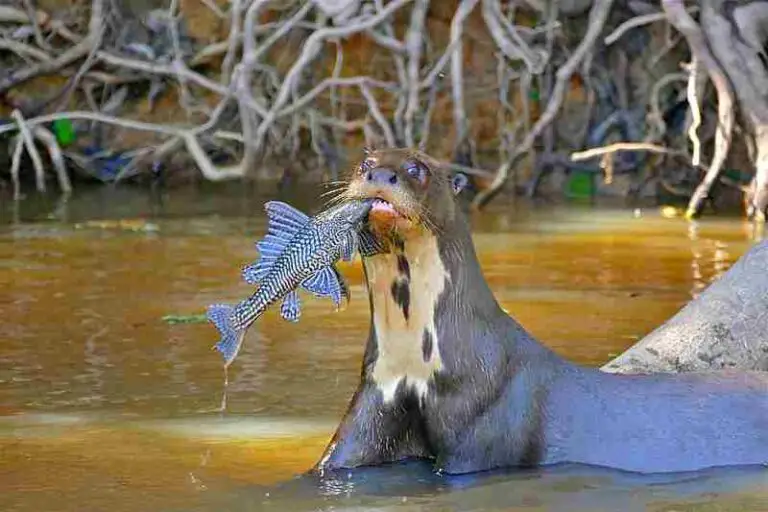Weasel Vs Mink Size, Weight, Overall Comparison
A hypothetical confrontation between a weasel and a mink, two members of the Mustelidae family that share similarities but have distinct differences, provides an interesting scenario. While both weasels and minks belong to the Mustelidae family, specific characteristics set them apart. This analysis explores their size, weight, and additional differences to speculate on the likely victor in a one-on-one encounter.
Weasel vs Mink: Assessing the Likely Victor in a Confrontation
In a hypothetical scenario involving a weasel and a mink, the weasel is likely to emerge victorious in a fight due to its slightly greater weight and potentially stronger bite force. While minks may be slightly larger in terms of length, the weasel’s relative weight and biting capabilities could provide it with a decisive advantage.
I). Size and Weight Difference:
– Minks are slightly larger than weasels, especially in length. However, despite their greater length, minks are generally lighter than weasels. This difference in size and weight becomes a crucial factor in determining the outcome of a physical confrontation.
II). Other Differences:
– Minks and weasels share many physical similarities, including a sleek body, sharp claws, and a carnivorous diet. However, variations in fur coloration and specific habitat preferences may exist between different species within each group.
III). Weasel’s Relative Weight:
– While the mink may have a longer body, the weasel’s slightly greater weight can play a significant role in a one-on-one fight. The relative weight advantage gives the weasel more mass to utilize in controlling the dynamics of the confrontation.
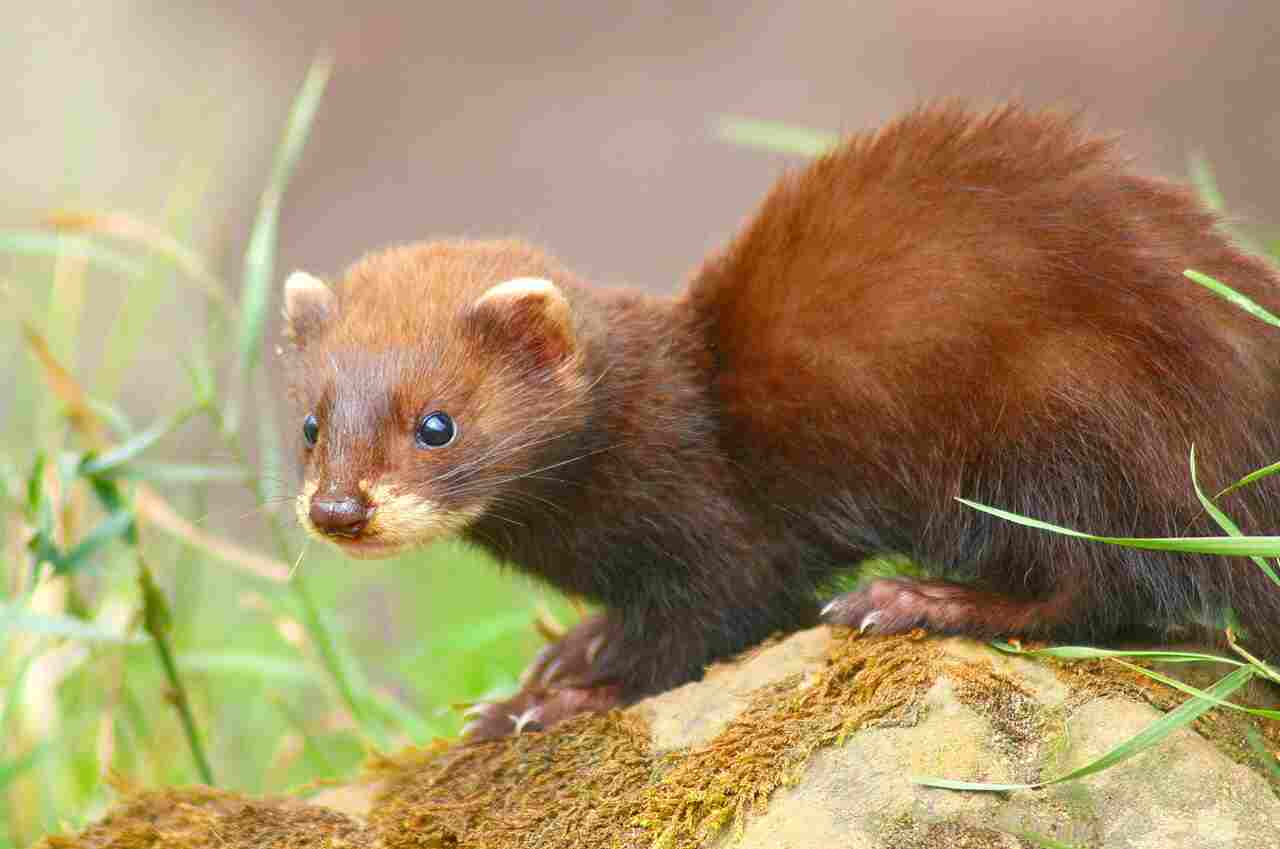
IV). Potential Stronger Bite Force:
– Weasels are known for their powerful bites, often used in hunting and defense. The combination of their relative weight and strong bite force can be advantageous in a confrontation, allowing the weasel to deliver effective bites and potentially subdue the mink.
V). Overall Dynamics:
– In this hypothetical scenario, the weasel is likely to prevail in a fight against a mink due to its slightly greater weight and potentially stronger bite force. While the mink may have a longer body, the weasel’s relative advantages in weight and biting capabilities provide it with a decisive edge in overcoming the mink’s defenses and securing victory in the confrontation.
*Details of Comparison
| Criteria | Weasel | Mink |
| Taxonomy | Mustela nivalis | Neovison vison |
| Appearance | Small, sleek, brown fur |
Larger, robust, varied fur colors
|
| Size | 6-8 inches | 12-28 inches |
| Weight | 1-3 ounces | 1.5-3.5 pounds |
| Bite Force (PSI) | Moderate | Stronger |
| Physical Offensive Advantages | Agile, adapted for small prey |
Strong jaws, robust physique for larger prey
|
| Physical Defensive Advantages | Escape tactics, elusive |
Muscular build, assertive defense
|
| Speed | 15-20 mph | 10-15 mph |
| Agility | Highly agile, adapted to different environments |
Highly agile, adapted to different environments
|
| Overall Physical Capacity | Agility-focused |
Diverse physical capabilities
|
| Habitat Preference(s) | Terrestrial |
Adaptable to aquatic and terrestrial
|
| Tracks | Small, delicate |
Larger, webbed near water
|
| Lifespan | 1-2 years | 3-4 years |
| Mode of Feeding | Terrestrial, small prey |
Diverse diet, including aquatic prey
|
| Intelligence | Intelligent, adaptable |
Intelligent, adaptable
|
| Social Behavior | Generally solitary |
Solitary or in loose family groups
|
| Mode of Reproduction | Short gestation, smaller litters |
Longer gestation, larger litters
|
| Parental Behavior | Exclusive maternal care |
Collaborative parental care
|
| Proximity to Human-Inhabited Areas | Adaptable to human-altered environments |
Adaptable to human-altered environments
|
| Behavior Toward Humans | Generally avoidant |
More tolerant or curious
|
| Danger Posed to Humans | Minimal danger | Minimal danger |
| Associated Precautions | Secure food sources |
Secure fisheries, waste disposal
|
| Conservation Status | Generally stable |
Face threats from fur farming and habitat loss
|
| Conclusion | Weasels specialize in agility and small prey |
Minks exhibit diverse physical capabilities and a broader diet, including aquatic prey
|
1. Taxonomy:
Weasel (Mustela nivalis):
Kingdom: Animalia
Phylum: Chordata
Class: Mammalia
Order: Carnivora
Family: Mustelidae
Genus: Mustela
Species: M. nivalis
Mink (Neovison vison):
Kingdom: Animalia
Phylum: Chordata
Class: Mammalia
Order: Carnivora
Family: Mustelidae
Genus: Neovison
Species: N. vison
2. Appearance:
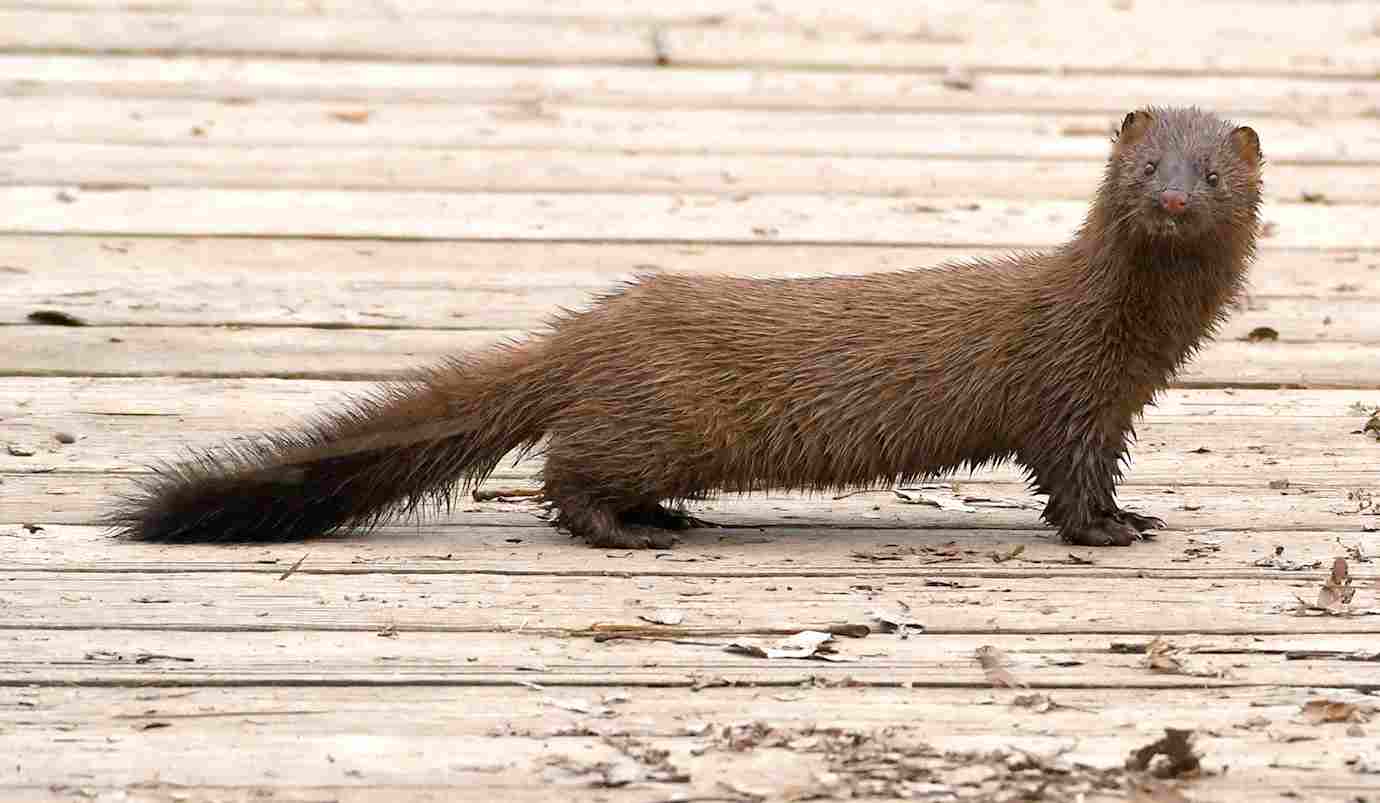
Weasel:
Sleek, slender body with a long neck and short legs.
Brown fur with a white or yellowish belly.
Typically measures around 6 to 8 inches (15-20 cm) in length, excluding the tail.
Mink:
Stout and more robust body compared to the weasel.
Fur color varies, including brown, black, or white with a glossy appearance.
Larger than weasels, ranging from 12 to 28 inches (30-70 cm) in length, excluding the tail.
Comparison:
Weasels are smaller and have a more elongated body, while minks are larger and more robust.
Ecological Implications:
The differences in body size and shape can affect their ecological roles, with weasels being more adapted for accessing burrows and hunting smaller prey, while minks may have a broader diet and potentially larger prey.
3. Size:
Weasel:
Small size, ranging from 6 to 8 inches (15-20 cm) in length.
Mink:
Larger size, ranging from 12 to 28 inches (30-70 cm) in length.
Comparison:
Weasels are significantly smaller than minks.
Ecological Implications:
Size influences the types of prey each species can capture and their ability to navigate different environments.
4. Weight:
Weasel:
Weighs around 1 to 3 ounces (28-85 grams).
Mink:
Weighs between 1.5 to 3.5 pounds (0.7-1.6 kg).
Comparison:
Weasels are lightweight compared to the more substantial minks.
Ecological Implications:
Weight can impact energy requirements, hunting strategies, and ecological roles within their respective ecosystems.
5. Bite Force (PSI – Pounds per Square Inch):
Weasel:
Moderate bite force suitable for its size.
Mink:
Strong bite force relative to its larger size.
Comparison:
Minks generally possess a stronger bite compared to weasels.
Ecological Implications:
Bite force is crucial for hunting and obtaining food, and the differences may reflect variations in prey selection and feeding behavior.
6. Physical Offensive Advantages:
Weasel:
Sharp claws and teeth, adapted for hunting small prey.
Agile and capable of accessing burrows.
Mink:
Strong jaws and claws suitable for capturing larger prey.
More robust physique aids in overpowering prey.
Comparison:
Weasels excel at hunting smaller, agile prey, while minks have the advantage in capturing larger prey.
Ecological Implications:
These differences contribute to their ecological niches, with weasels specializing in small prey and minks having a broader range of potential prey.
7. Physical Defensive Advantages:
Weasel:
Agile and can escape into burrows for protection.
Quick and elusive, making them challenging for predators to catch.
Mink:
Muscular build and strong bite for self-defense.
May defend themselves aggressively against threats.
Comparison:
Weasels rely on agility and escape tactics, while minks are more assertive in self-defense.
Ecological Implications:
These defensive strategies help them survive in different environments, with weasels using speed and evasion and minks relying on strength.
8. Speed (Km/hour or Mile/hour):
Weasel:
Swift and agile, capable of reaching speeds up to 15-20 mph (24-32 km/h).
Mink:
Agile and fast, with speeds reaching up to 10-15 mph (16-24 km/h).
Comparison:
Weasels generally have a slightly higher top speed compared to minks.
Ecological Implications:
Speed is crucial for both hunting and avoiding predators, with weasels having a slight edge in pursuit.
9. Agility:
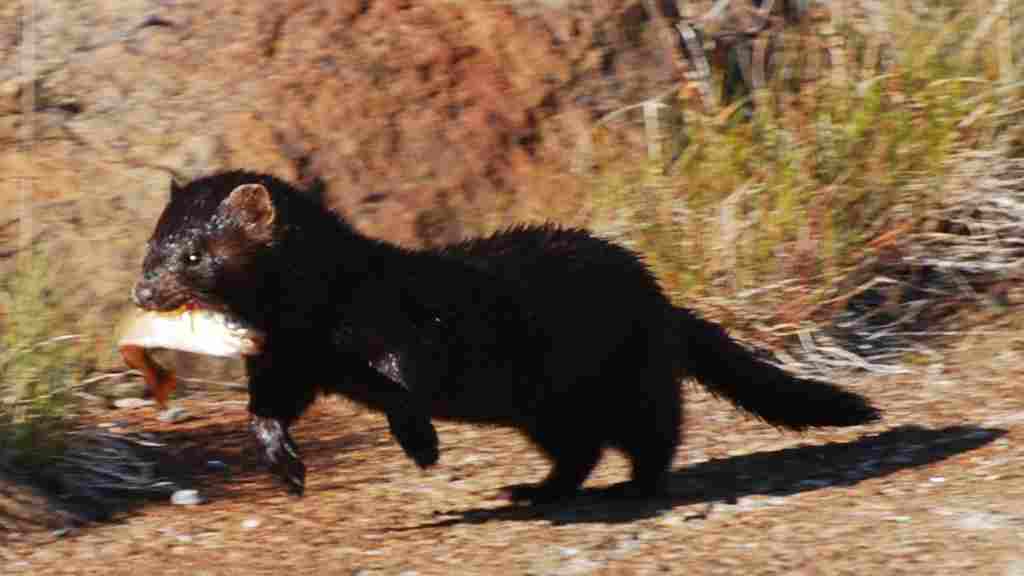
Weasel:
Highly agile, able to navigate through dense vegetation and access burrows.
Mink:
Agile and flexible, skilled at swimming and climbing.
Comparison:
Both weasels and minks exhibit high agility, each adapted to their specific ecological needs.
Ecological Implications:
Agility facilitates efficient hunting and survival, allowing them to exploit different niches within their ecosystems.
10. Overall Physical Capacity:
Weasel:
Well-suited for hunting small prey in confined spaces.
Agile and fast, but may lack the physical strength of larger predators.
Mink:
Versatile predator with a broader range of potential prey.
Stronger physique allows for capturing and handling larger prey.
Comparison:
Weasels excel in agility, while minks have a more diverse set of physical capabilities.
Ecological Implications:
These differences contribute to the specific roles each species plays within their ecosystems, with weasels specializing in certain prey types and minks having a broader dietary range.
11. Habitat Preference(s):
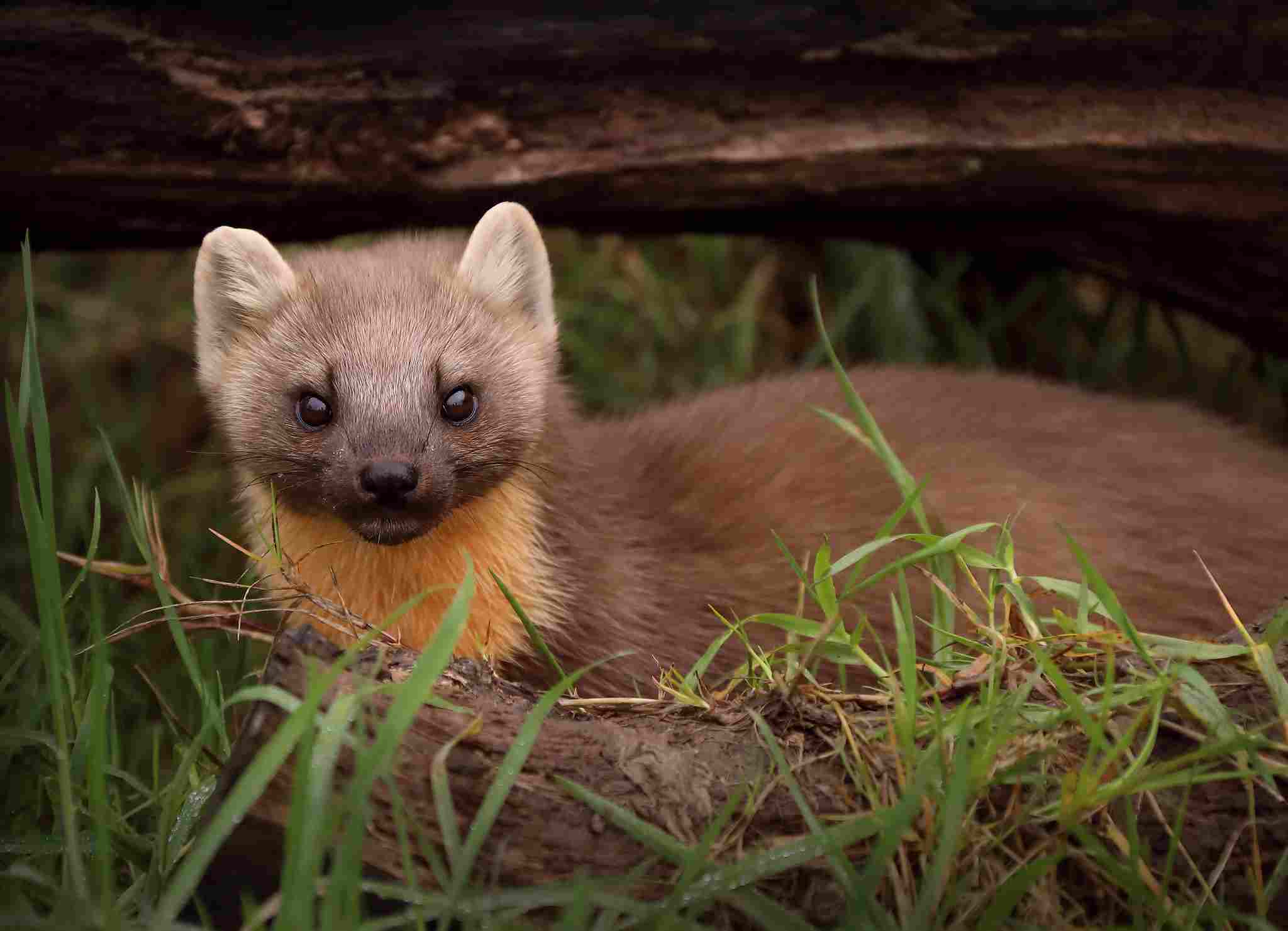
Weasel:
Often found in grasslands, woodlands, and areas with abundant small prey.
May inhabit burrows or utilize abandoned dens.
Mink:
Adaptable to various aquatic and terrestrial habitats, including rivers, lakes, and coastal areas.
Constructs dens along waterways.
Comparison:
Weasels prefer more terrestrial habitats, while minks are highly adaptable to both aquatic and terrestrial environments.
Ecological Implications:
Habitat preferences reflect their ecological niche and the availability of prey in different environments.
12. Weasel Vs Mink Tracks:
Weasel:
Small, delicate tracks with claw marks visible.
Often spaced closely together due to their small size.
Mink:
Larger, distinct tracks with webbed footprints near water sources.
Paw prints may show a more significant space between tracks.
Comparison:
Weasel tracks are smaller and more delicate, while mink tracks are larger and may show adaptations for swimming.
Ecological Implications:
Tracking differences aid researchers and enthusiasts in identifying species and understanding their movements in various habitats.
13. Lifespan:
Weasel:
Typically lives 1 to 2 years in the wild.
Mink:
Average lifespan of 3 to 4 years in the wild.
Comparison:
Weasels generally have a shorter lifespan compared to minks.
Ecological Implications:
Lifespan can impact population dynamics and reproductive strategies, influencing their roles in the ecosystem over time.
14. Mode of Feeding:
Weasel:
Primarily carnivorous, preying on small mammals, birds, and insects.
Known for entering burrows to capture prey.
Mink:
Carnivorous, with a diverse diet including fish, amphibians, small mammals, and birds.
Skilled at swimming and may hunt aquatic prey.
Comparison:
Weasels focus on terrestrial prey, while minks exhibit a broader diet that may include aquatic prey.
Ecological Implications:
Differences in feeding habits contribute to their roles in controlling various prey populations within their respective habitats.
15. Intelligence:
Weasel:
Demonstrates problem-solving abilities in hunting and navigating burrows.
Highly adaptable to different environments.
Mink:
Intelligent and adaptable, exhibiting problem-solving skills.
Capable of learning and utilizing various hunting techniques.
Comparison:
Both weasels and minks show intelligence in adapting to their surroundings and hunting strategies.
Ecological Implications:
Intelligence contributes to their ability to exploit different niches and respond to environmental changes.
16. Social Behavior:
Weasel:
Generally solitary, with limited social interactions.
May exhibit territorial behavior.
Mink:
Can be solitary or form loose family groups.
Social interactions may increase during the breeding season.
Comparison:
Weasels are more consistently solitary, while minks may exhibit varying degrees of social behavior.
Ecological Implications:
Social dynamics impact their interaction with other individuals of the same species and potentially influence their roles in the ecosystem.
17. Mode of Reproduction:
Weasel:
Seasonal breeding, with a short gestation period.
Typically gives birth to a litter of 4 to 6 kits.
Mink:
Seasonal breeding, with a longer gestation period.
May give birth to larger litters of 5 to 10 kits.
Comparison:
Minks generally have larger litters and a longer gestation period compared to weasels.
Ecological Implications:
Reproductive strategies influence population dynamics and play a role in maintaining a balance within the ecosystem.
18. Parental Behavior:
Weasel:
Female weasels are the primary caregivers.
Kits are born blind and helpless, requiring intensive maternal care.
Mink:
Both male and female minks contribute to parental care.
Kits are born with fur and are more developed, requiring less immediate care.
Comparison:
Weasels exhibit more exclusive maternal care, while minks show a more collaborative approach.
Ecological Implications:
Parental behavior impacts the survival and development of offspring, influencing population dynamics in their respective environments.
19. Proximity to Human-Inhabited Areas:
Weasel:
May inhabit areas near human dwellings, particularly if there are suitable prey and shelter.
Mink:
Found near water sources and may be observed in habitats close to human activities, such as fisheries.
Comparison:
Both species can adapt to human-altered environments, but their specific preferences may vary.
Ecological Implications:
Proximity to human habitats can lead to interactions and potential conflicts, impacting both the animals and human activities.
20. Behavior Toward Humans:
Weasel:
Generally avoids direct interaction with humans.
May enter human structures in search of prey.
Mink:
Can be more tolerant of human presence, especially if food sources are available.
May show curiosity or scavenging behavior near human activities.
Comparison:
Minks may exhibit more tolerance or curiosity towards humans compared to weasels.
Ecological Implications:
Behavior toward humans can influence the likelihood of conflicts or the potential for coexistence in shared environments.
21. Danger Posed to Humans:
Weasel:
Typically poses minimal danger to humans, as they are small and generally avoid direct confrontation.
Mink:
Generally not aggressive toward humans, but may defend themselves if threatened.
Rare cases of mink aggression have been reported.
Comparison:
Both weasels and minks are not considered highly dangerous to humans.
Ecological Implications:
Understanding the level of danger helps manage human-wildlife interactions and potential conflicts in various settings.
22. Associated Precautions:
Weasel:
Precautions involve securing food sources and eliminating entry points to prevent weasels from entering structures.
Mink:
Precautions include securing fisheries and maintaining proper waste disposal to avoid attracting minks.
Comparison:
While both species may require precautions in specific settings, the nature of these precautions can vary based on their behavior and ecological needs.
Ecological Implications:
Implementing precautions helps manage human-wildlife interactions, reducing the potential for conflicts and promoting coexistence.
23. Conservation Status:
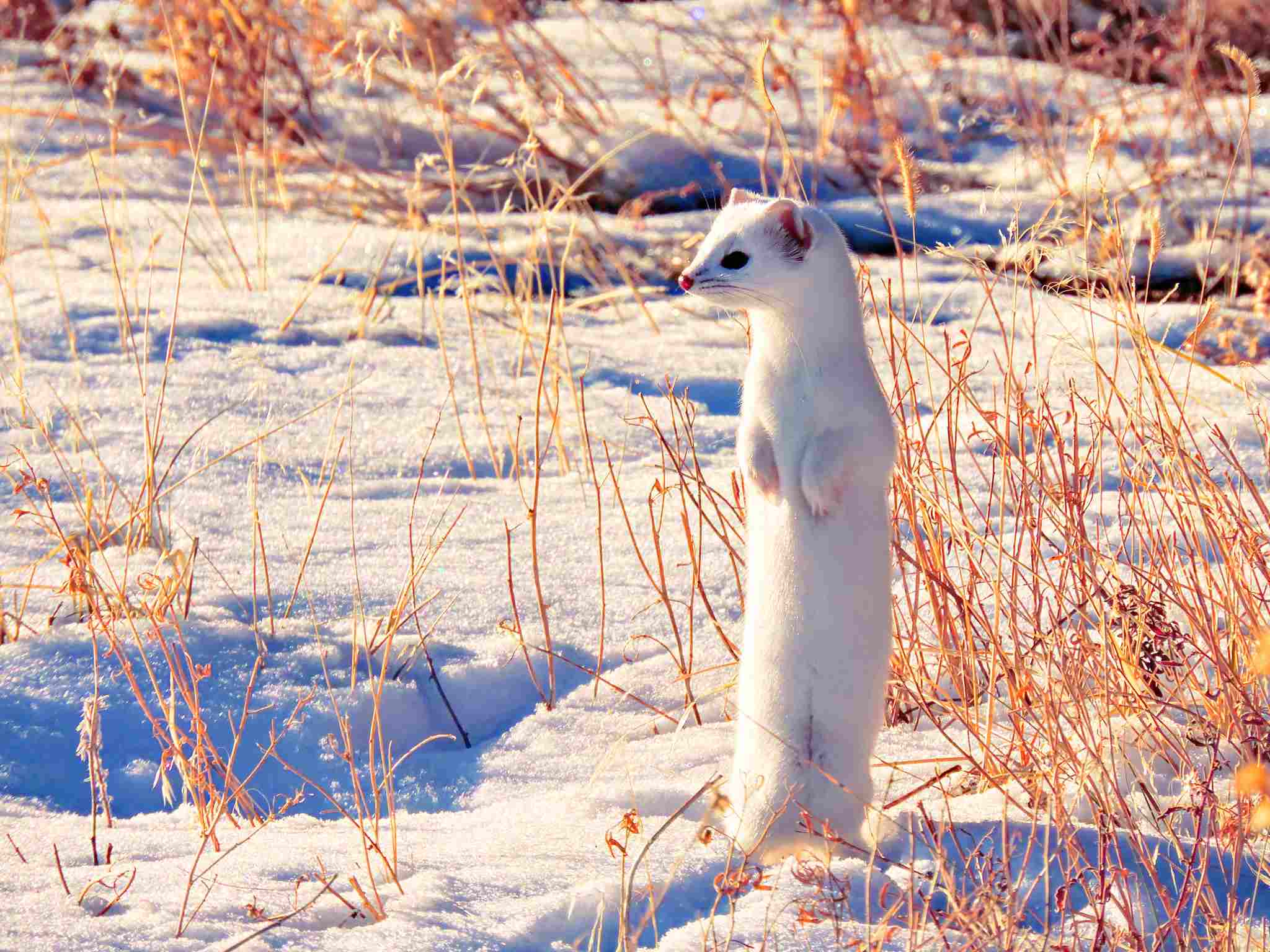
Weasel:
Generally, weasels have stable populations and are not considered at significant risk.
Mink:
The American mink (Neovison vison) is often farmed for fur, and some wild populations face threats. Conservation status varies regionally.
Comparison:
Weasels, in general, may have more stable populations compared to minks, which can face threats from habitat loss and fur farming.
Ecological Implications:
Conservation status reflects the overall health of populations and the need for conservation efforts to maintain biodiversity.
Comparison Summary:
Taxonomy:
Both belong to the Mustelidae family but differ in genus and species.
Appearance:
Weasels: Smaller, sleek, brown fur.
Minks: Larger, robust, varied fur colors.
Size:
Weasels: 6-8 inches.
Minks: 12-28 inches.
Weight:
Weasels: 1-3 ounces.
Minks: 1.5-3.5 pounds.
Bite Force (PSI):
Weasels: Moderate.
Minks: Stronger.
Physical Offensive Advantages:
Weasels: Agile, adapted for small prey.
Minks: Strong jaws, robust physique for larger prey.
Physical Defensive Advantages:
Weasels: Escape tactics, elusive.
Minks: Muscular build, assertive defense.
Speed:
Weasels: 15-20 mph.
Minks: 10-15 mph.
Agility:
Both highly agile, adapted to different environments.
Overall Physical Capacity:
Weasels: Agility-focused.
Minks: Diverse physical capabilities.
Habitat Preference(s):
Weasels: Terrestrial.
Minks: Adaptable to aquatic and terrestrial.
Tracks:
Weasels: Small, delicate.
Minks: Larger, webbed near water.
Lifespan:
Weasels: 1-2 years.
Minks: 3-4 years.
Mode of Feeding:
Weasels: Terrestrial, small prey.
Minks: Diverse diet, including aquatic prey.
Intelligence:
Both intelligent, adaptable.
Social Behavior:
Weasels: Generally solitary.
Minks: Solitary or in loose family groups.
Mode of Reproduction:
Weasels: Short gestation, smaller litters.
Minks: Longer gestation, larger litters.
Parental Behavior:
Weasels: Exclusive maternal care.
Minks: Collaborative parental care.
Proximity to Human-Inhabited Areas:
Both adaptable to human-altered environments.
Behavior Toward Humans:
Weasels: Generally avoidant.
Minks: More tolerant or curious.
Danger Posed to Humans:
Neither highly dangerous, rare cases of aggression.
Associated Precautions:
Weasels: Secure food sources.
Minks: Secure fisheries, waste disposal.
Conservation Status:
Weasels generally stable.
Minks face threats from fur farming and habitat loss.
Conclusion
I) Similarities:
Both weasels and minks belong to the Mustelidae family and share common features such as sharp claws, carnivorous diets, and adaptability to various environments.
II) Differences:
Weasels and minks differ in size, habitat preferences, parental care, and ecological roles, with weasels specializing in small prey and minks having a broader dietary range, including aquatic prey.
